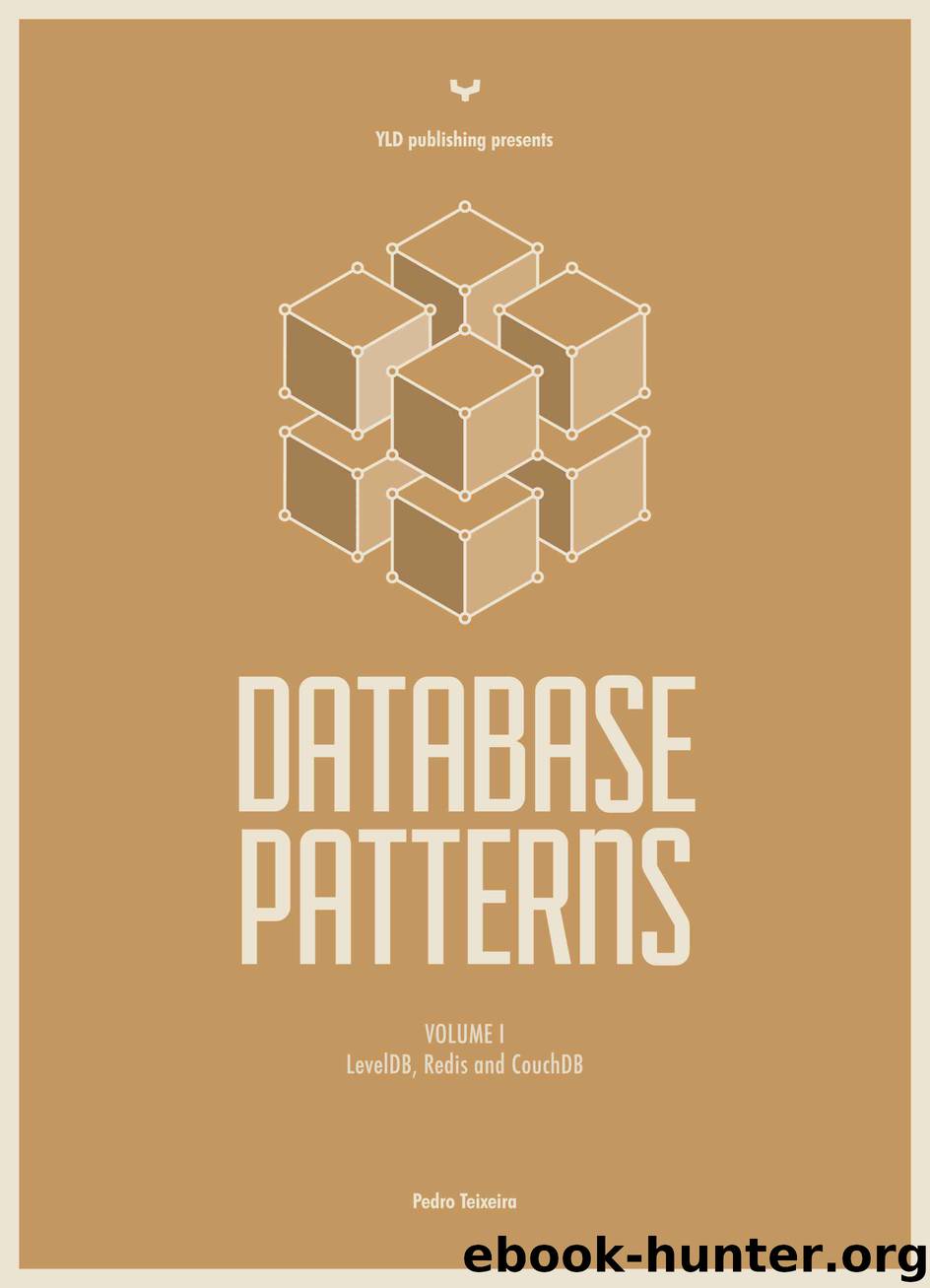Node Patterns - Databases by Teixeira Pedro

Author:Teixeira, Pedro
Language: eng
Format: epub
Published: 2015-04-08T04:00:00+00:00
Good, all looks normal. Now let’s try replacing the event emitter by one of our distributed emitters:
distributed_event_emitter_race.js:
var DistributedEmitter = require('./distributed_emitter'); var emitter = DistributedEmitter(); emitter.on('some event', function() { console.log('some event happened'); }); emitter.emit('some event', 'some payload');
Let’s try to run this version then:
$ node distributed_event_emitter_race.js
The process just exits without outputting anything. This means that, when we call the on method, the distributed emitter will subscribe to the channel for the first time. But that envolves some I/O, so this is not done immediately: the command has to go to the network layer, has to be received, parsed and executed by Redis, and then a response comes back to Node. Before all this I/O even happened, though, we emit an event (the last line of the previous file). This event also involves I/O, which is also asynchronous. What happens is that both commands are racing to get to Redis using two different client connections. If the PUBLISH command reaches Redis before the SUBSCRIBE command, our client will never see that event.
To see exactly the sequence of events in Redis, we can use a little trick using the Redis command-line client bundled with Redis. With it you can monitor the Redis server to inspect which commands are being issued:
$ redis-cli monitor OK
Download
This site does not store any files on its server. We only index and link to content provided by other sites. Please contact the content providers to delete copyright contents if any and email us, we'll remove relevant links or contents immediately.
The Mikado Method by Ola Ellnestam Daniel Brolund(20604)
Hello! Python by Anthony Briggs(19900)
Secrets of the JavaScript Ninja by John Resig Bear Bibeault(18208)
The Well-Grounded Java Developer by Benjamin J. Evans Martijn Verburg(17576)
OCA Java SE 8 Programmer I Certification Guide by Mala Gupta(17422)
Kotlin in Action by Dmitry Jemerov(17185)
Algorithms of the Intelligent Web by Haralambos Marmanis;Dmitry Babenko(16237)
Grails in Action by Glen Smith Peter Ledbrook(15390)
Sass and Compass in Action by Wynn Netherland Nathan Weizenbaum Chris Eppstein Brandon Mathis(13266)
Test-Driven iOS Development with Swift 4 by Dominik Hauser(10393)
Windows APT Warfare by Sheng-Hao Ma(7833)
Layered Design for Ruby on Rails Applications by Vladimir Dementyev(7549)
Blueprints Visual Scripting for Unreal Engine 5 - Third Edition by Marcos Romero & Brenden Sewell(7450)
Solidity Programming Essentials by Ritesh Modi(4568)
Functional Programming in JavaScript by Mantyla Dan(4438)
Hands-On Full-Stack Web Development with GraphQL and React by Sebastian Grebe(4430)
WordPress Plugin Development Cookbook by Yannick Lefebvre(4386)
Unity 3D Game Development by Anthony Davis & Travis Baptiste & Russell Craig & Ryan Stunkel(4270)
The Ultimate iOS Interview Playbook by Avi Tsadok(4252)
